Vultures taking advantage of the hundreds of sphinx moth caterpillars crossing the road, Colorado River toads, noisy grasshoppers and gorgeous sunsets….
I took a trip to Arizona last week, and happened to time it with the last days of Arizona’s monsoons. When I lived in Flagstaff I relished the annual monsoons, those afternoon showers that hit every July though September.
They often start right around July 4th but this year they began late and lasted into mid-September.
What magic a little water brings.” Sue Drown, Prescott Audubon chapter.
As I drove east along Interstate 40 in some light rain, previous hours of rainwater flowed down the washes. I decided to stop and see the lush ocotillos close-up. Looking like bland desert to many driving by, my 10 minute stop found the following: chirping sounds emitting from the creosote bushes turned out to be hundreds of grasshoppers. A flock of White-winged Doves flew through, as well as 3 inch dragonflies and various sizes of butterflies — all beneficiaries of the rain. And of course bees pollinating the desert flowers.
I made a point of pulling off the road in natural areas in Verde Valley (central Arizona), Flagstaff and on the way back. I’m sure glad I did – Nature lessons surrounded me each time I got out of my car.
Here are some photos, plus some info below from a couple Arizona Audubon experts on what the monsoons have meant to the migrating birds.
Birds Benefit – Audubon Perspective
I checked with a couple Audubon members from Arizona and the late monsoons were definitely helping the migrating birds. “What magic a little water brings,” said Sue Drown from the Prescott Audubon chapter. “This morning I saw hundreds of migrating Chipping Sparrows, Brewer’s Sparrows, with Green-tailed Towhees mixed in, all working the seedheads. Folks say they’re not seeing the hummingbirds at their feeders, probably because they’re on all the flowers….” She also said Roadrunners were happy about the big grasshoppers, and didn’t doubt that vultures were eating the squished ones on the road. “There’s a whole microsystem out there. Have you seen all the insects feeding on the grasshoppers?”
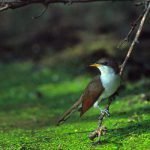
prbo.org
Tice Suttlee, director of bird conservation at Audubon Arizona, said the rare Yellow-billed Cuckoo is feeding on the large insects and dragonflies in the riparian areas. Late monsoons are helping the birds that breed a second time – Gambel’s Quail, Curve-billed Thrashers and Cactus Wrens. And in southern Arizona the plentiful insects in the elbow-high grasslands were feeding the Caissin’s Sparrows, Grasshopper Sparrows and Montezuma Quail.
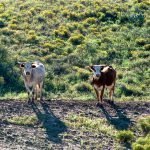
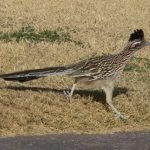

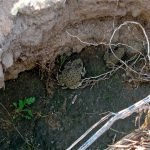
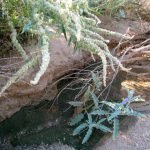





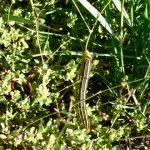

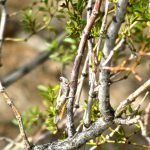
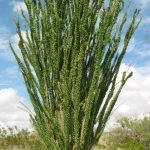
Leave a Reply